Affiliate links on Android Authority may earn us a commission. Learn more.
Here are the best smartphones offering a near-stock Android experience
Published onFebruary 8, 2025
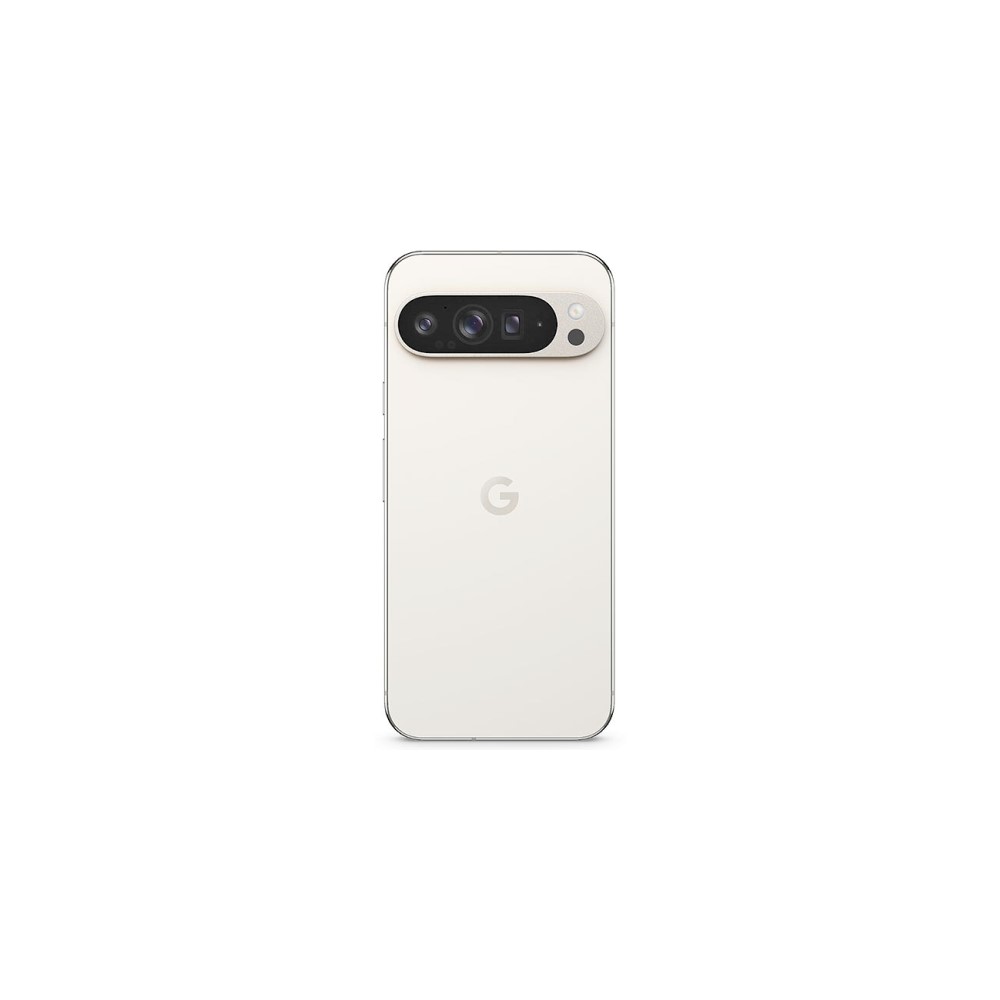
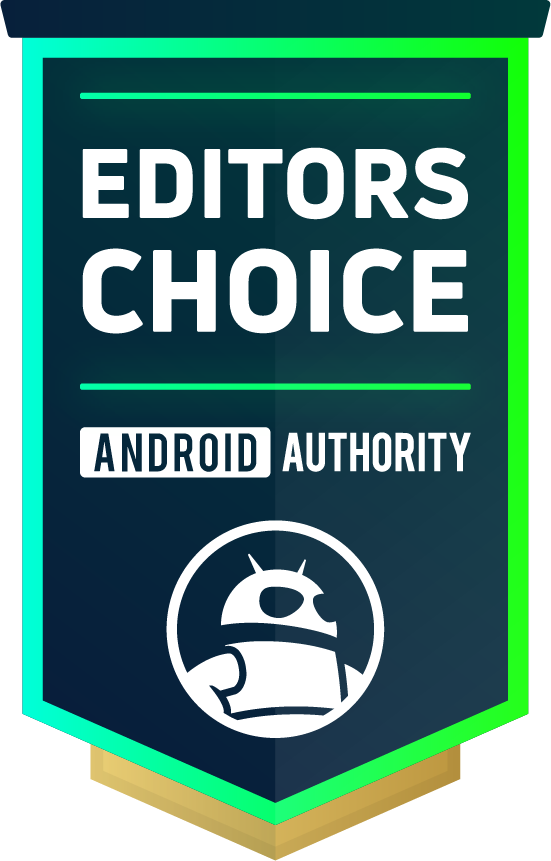







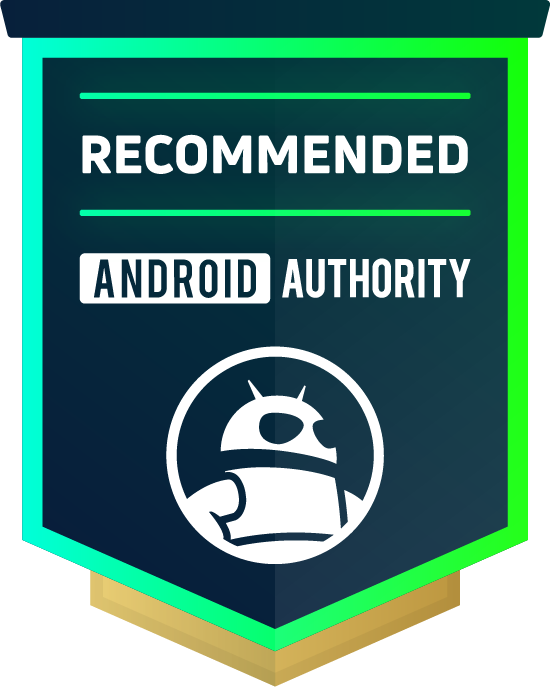




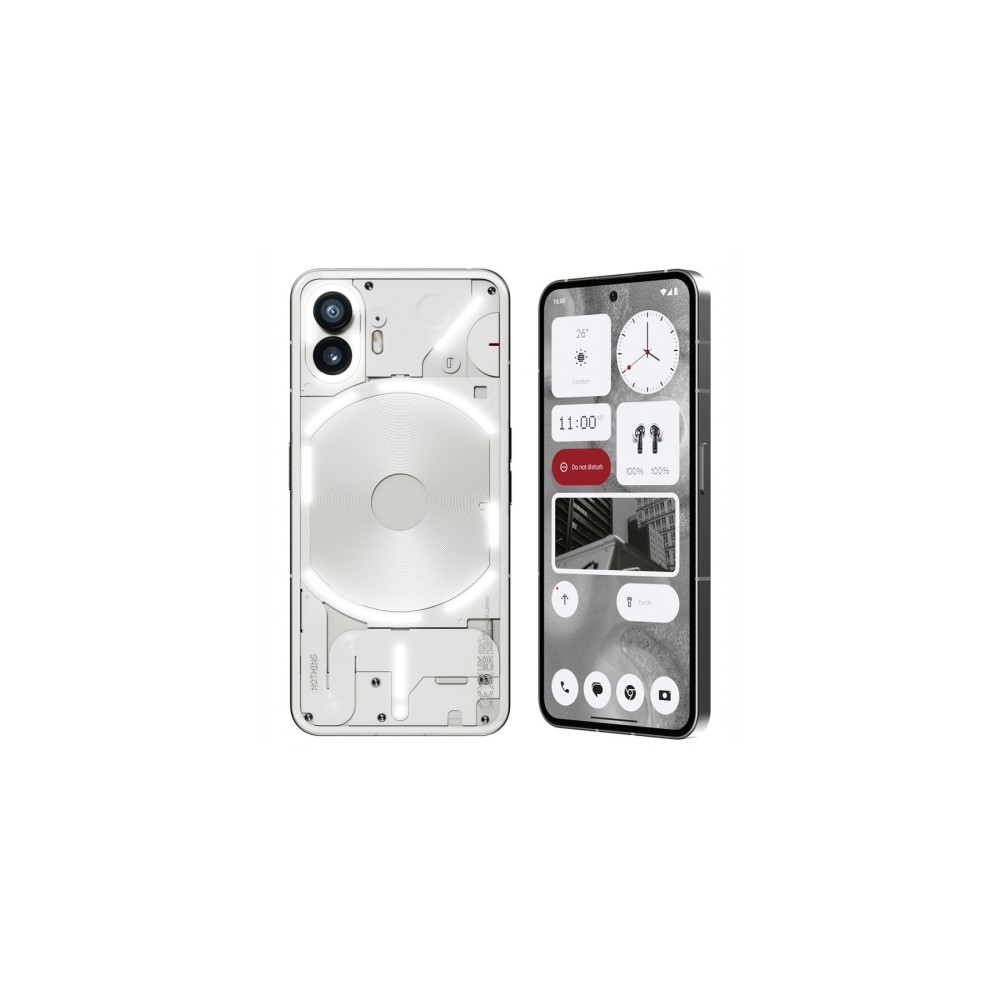

Most phone makers add a custom UI on top of Android — such as OnePlus’ OxygenOS or Samsung’s One UI — with extra features and a different design. However, these so-called “skins” often come with pre-installed apps and extra flare, which impacts the overall user experience. That’s why there’s a demand for phones with stock Android, which a manufacturer hasn’t modified.
If you’re in the market for a phone running stock Android, you might be sad to hear true stock Android is pretty hard to find these days. Even Pixel handsets come with the Pixel UI launcher. Save for Android One handsets, which are affordable and meant for emerging markets, pretty much all devices have some modifications. This is why we’ll mainly focus on phones with a “near-stock Android” experience.
The best phones with near-stock Android
Editor’s note: We will regularly update this list of the best near-stock Android phones as new devices launch.
Google Pixel 9 series
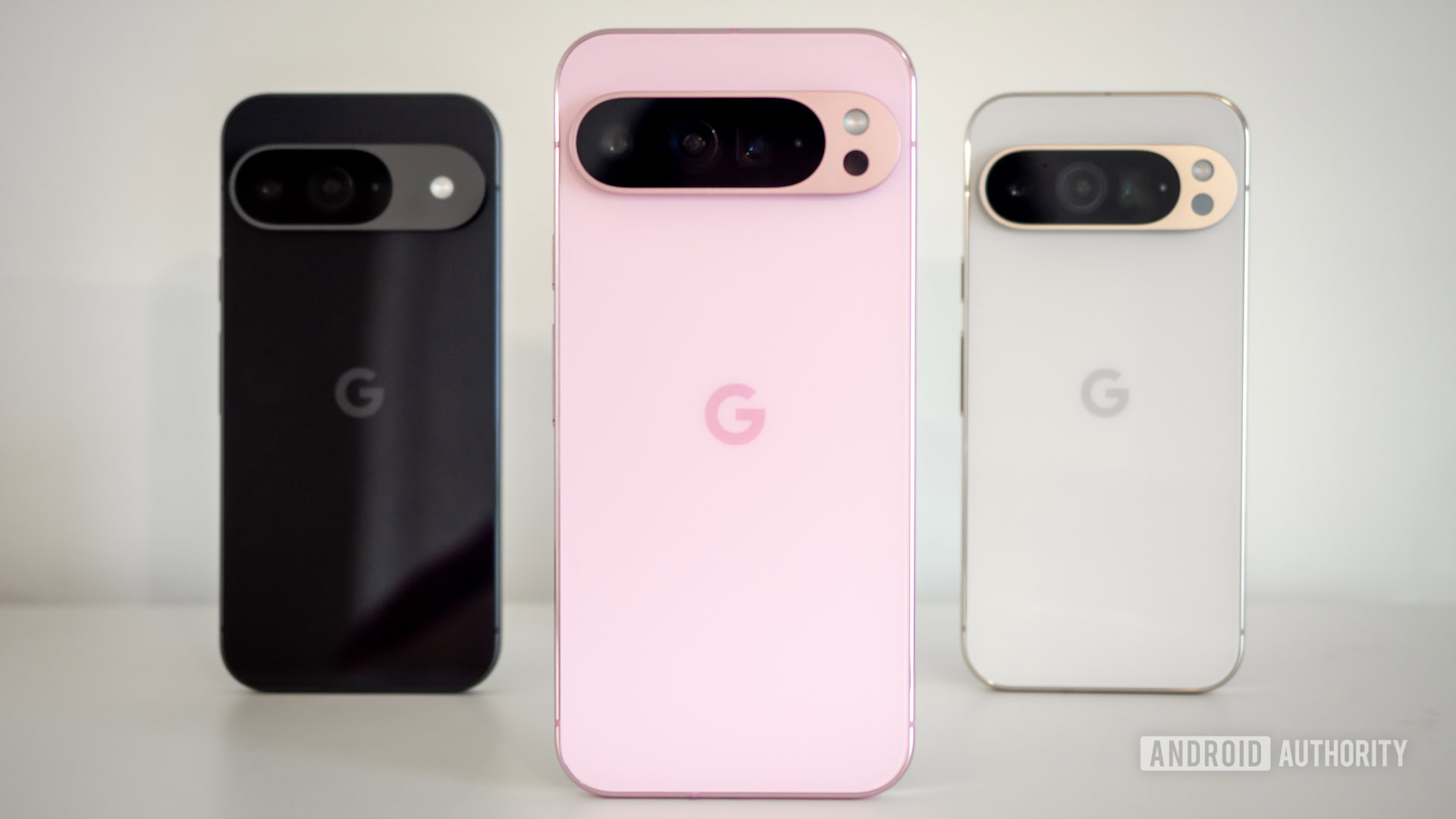
The latest and greatest from Google will obviously include the best phones with near-stock Android. Right now, that spot is taken by the Google Pixel 9 series. These include the Google Pixel 9, Pixel 9 Pro, and Pixel 9 Pro XL. There’s also the Google Pixel 9 Pro Fold, but we will cover that one in a separate section.
All of these devices come with a refined design that features an aluminum frame that is more squared-off this time, much like newer iPhones. You will also enjoy high-quality Gorilla Glass Victus 2 in the front and back. Overall, the look and feel are amazing, and you get to pick between some really fun colors.
Performance won’t be an issue. All of these devices rock a Google Tensor G4 chip and 12-16GB of RAM. As it goes with all Pixel phones, these also come with some of the best camera systems, especially if you go for one of the pro models.
Because they are Google phones, the search giant is promising a pretty healthy update promise, too. These will get a whopping seven years of OS upgrades! And while these are very close to stock Android, Google always manages to add some great, non-intrusive, Pixel-only features to its devices. Of course, these also come with Gemini AI smarts!

Gorgeous display
Seven years of software updates

Excellent build quality
Flexible, capable cameras
Reliable update commitment

Excellent build quality, refined design
Extensive update policy
Google Pixel 9 specs:
- Display: 6.3-inch, Full HD+
- SoC: Google Tensor G4
- RAM: 12GB
- Storage: 128/256GB
- Cameras: 50 and 48MP
- Front camera: 10.5MP
- Battery: 4,700mAh
- Software: Android 14
Pixel 9 Pro specs:
- Display: 6.3-inch, 2,856 x 1,280
- SoC: Google Tensor G4
- RAM: 16GB
- Storage: 128/256/512/1,024GB
- Cameras: 50, 48, and 48MP
- Front camera: 42MP
- Battery: 4,700mAh
- Software: Android 14
Pixel 9 Pro XL specs:
- Display: 6.8-inch, 2,992 x 1,344
- SoC: Google Tensor G4
- RAM: 16GB
- Storage: 128/256/512/1,024GB
- Cameras: 50, 48, and 48MP
- Front camera: 42MP
- Battery: 5,060mAh
- Software: Android 14
Google Pixel 8a
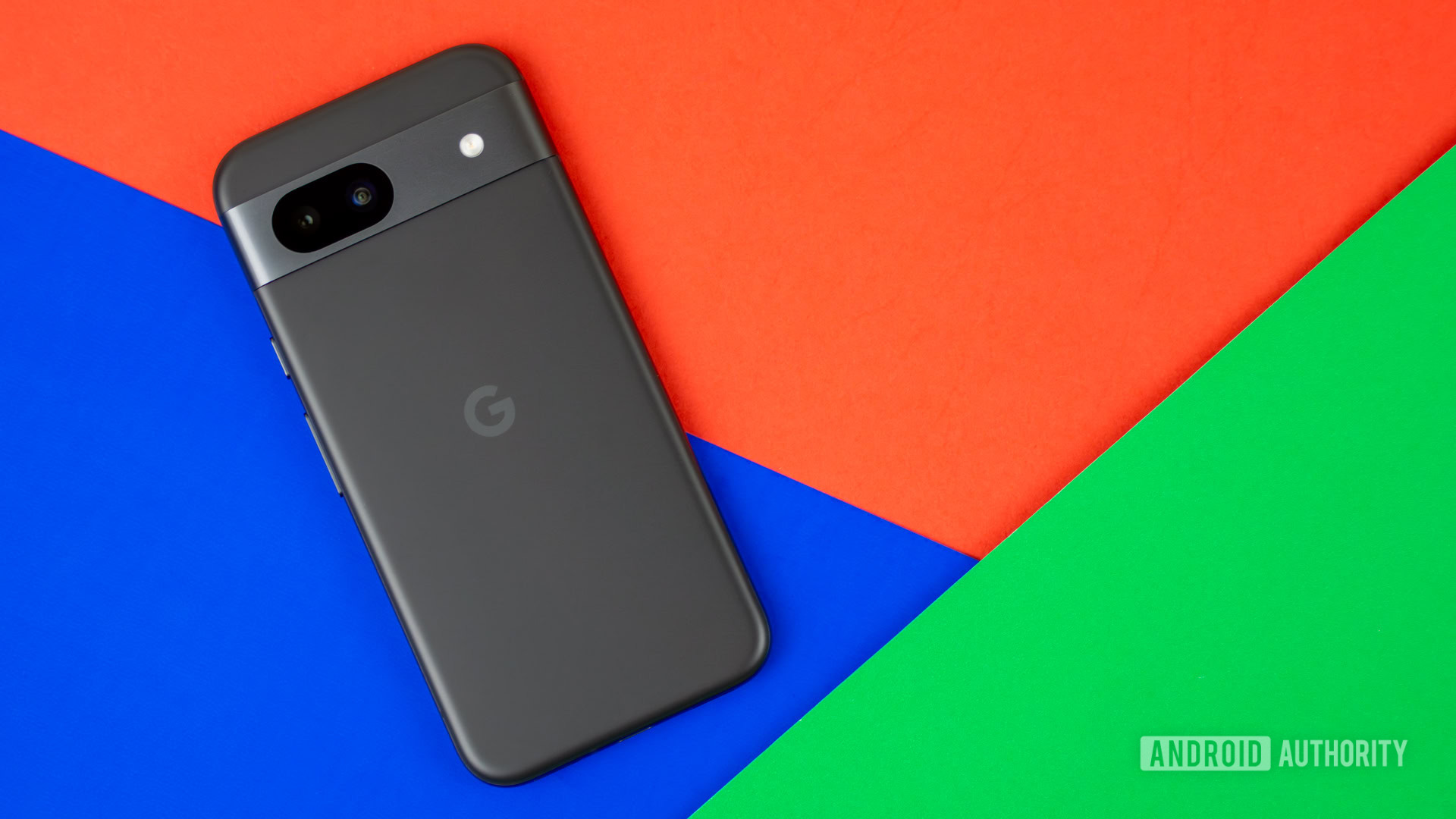
Are you looking for a Google phone on a budget? The Pixel 8a should suffice. It offers plenty of flagship-level specs and hardware wrapped in a slightly cheaper shell. But that body doesn’t affect the overall experience, which is Pixel through and through.
The phone packs a Tensor G3 chipset, which enables plenty of on-device Gemini AI smarts. It also kicks up several core specs, now packing 8GB of RAM and a larger 4,492mAh battery to keep its 6.1-inch 120Hz OLED screen alive and kicking for over a day.
Like all other Pixels, it also features a camera that is way too good for this price range and challenges even high-end phones. Especially since the Pixel 8a keeps its predecessor’s 64MP primary sensor, a significant upgrade over the 12.2MP camera on the Pixel 6a. A reliable 13MP ultrawide snapper joins it at the rear.
The Pixel 8a isn’t all good news. The phone features a body mostly made of plastic, while charging is painfully slow. Whether you use its 18W wired or 7.5W wireless top-ups, you’ll spend a long time connected to the wall.


Pixel 8a specs:
- Display: 6.1-inch, Full HD+
- SoC: Google Tensor G3
- RAM: 8GB
- Storage: 128/256GB
- Camera: 64 and 13MP
- Front camera: 13MP
- Battery: 4,492mAh
- Software: Android 14
Google Pixel 9 Pro Fold
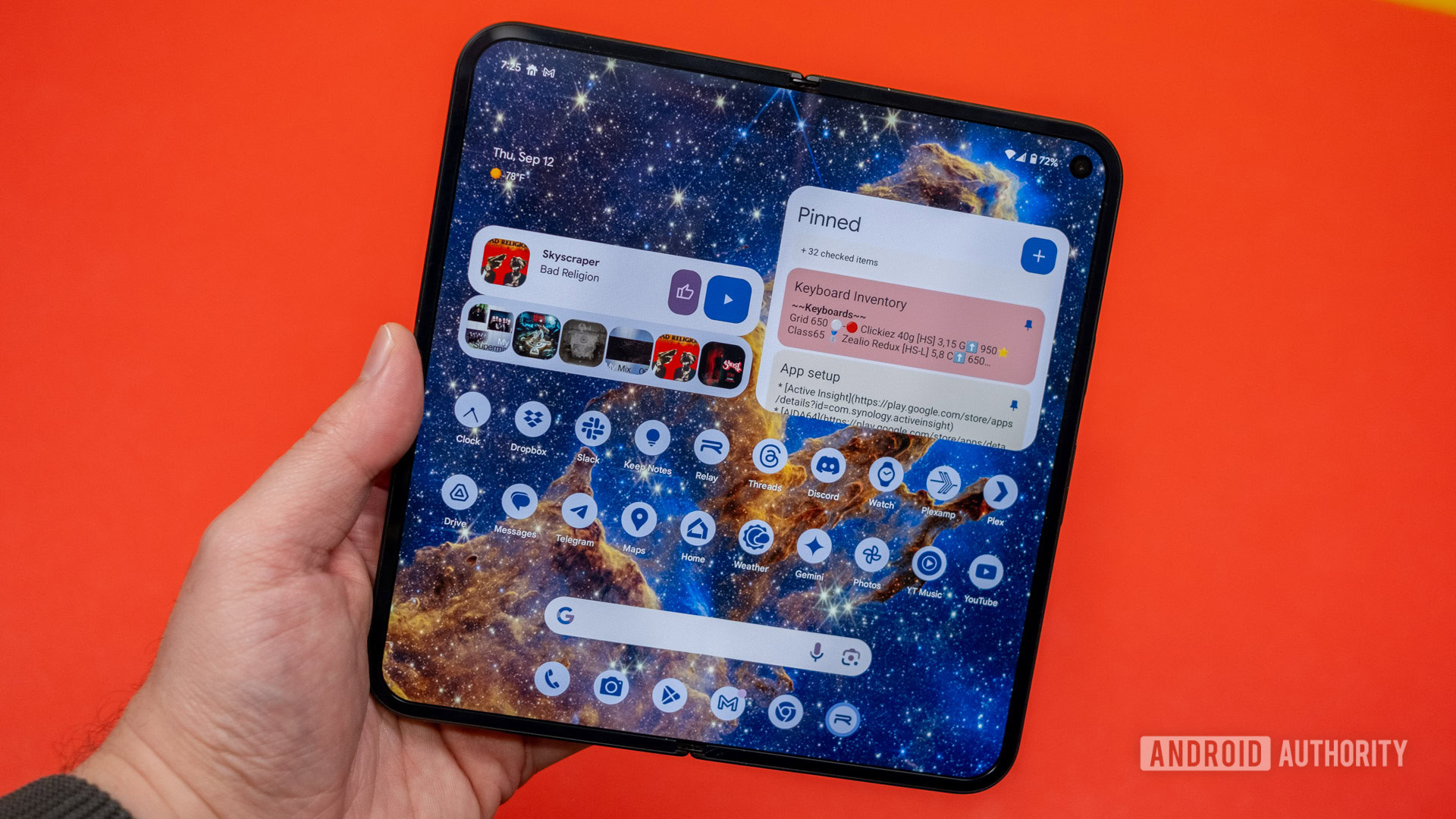
We gave the Google Pixel 9 Pro Fold its own section because it’s such a different device. The main difference is obvious: this is a foldable smartphone. It’s also much more expensive than almost all other Android phones, at a whopping $1,799.
Being a Google phone, it has a bloat-free and clean UI, making it one of the best phones with stock Android. At the very least, it represents what foldable phones with stock Android should be like, according to Google.
While mighty expensive, it’s also a very capable device with all the bells and whistles you’ll find in a 2024 flagship. The Google Tensor G4 processor and 16GB of RAM are more than enough to keep the device snappy.
The external display measures 6.3 inches, which is definitely a step up from the Pixel Fold. This outer display has a much more normal 20:9 aspect ratio, which makes it more like a regular phone. This external display will help you save some battery power while making it more functional and easier to navigate. The internal, bigger screen measures 8.0 inches. Both have a 120Hz refresh rate, so everything will look silky smooth. The cameras also performed excellently during our tests, but they aren’t as good as the ones on the normal Pixel 9 handsets.
While we aren’t exactly fans of the battery life, it does pretty well. We usually get a full working day out of it, with about 20% left to spare right before bedtime. Of course, you’ll also get seven years of updates, Pixel features, and really cool Gemini AI capabilities.


Pixel 9 Pro Fold specs:
- Display: External 6.3-inch 2,424 x 1,080, internal 8.0-inch 2,152 x 2,076
- SoC: Google Tensor G4
- RAM: 16GB
- Storage: 256/512GB
- Camera: 48, 10.8, and 10.5MP
- Front camera: External 10MP, internal 10MP
- Battery: 4,650mAh
- Software: Android 14
ASUS ROG Phone 9 series
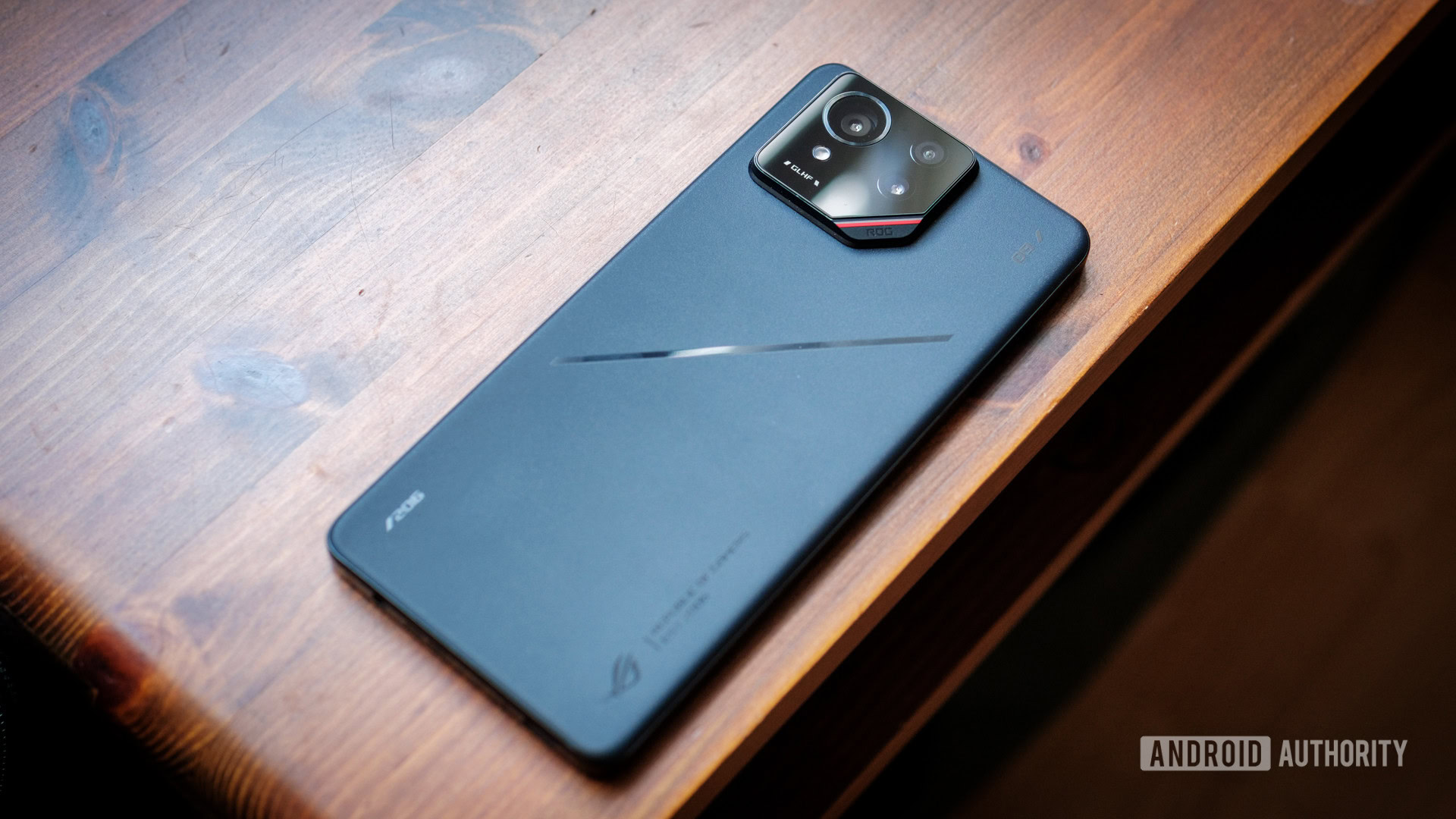
The ASUS ROG Phone 9 series consists of two phones. First, there’s the standard ASUS ROG Phone 9, which is still an amazingly powerful device. Specs include a Qualcomm Snapdragon 8 Elite, 12-16GB of RAM, 256-512GB of storage, a large 6.78-inch display with a 185Hz refresh rate, and a 5,800mAh battery.
The ASUS ROG Phone 9 Pro is a more capable version of the standard iteration. The Pro edition gets upgraded with 16-24GB of RAM and 512GB-1TB of storage. The main visual difference here is that the ROG Phone 8 has an illuminated logo on the back. Both models get a really fun mini LED matrix section that can be customized.
These are impressive devices, even for the most demanding users, and ASUS is known for offering a very clean UI. There will be some gaming enhancements in software, such as the Armoury Crate app, but those can be hidden out of the way most of the time. There are also integrated touch shoulder triggers for improved controls.
We were also pleasantly surprised by the fact it actually has an IP68 rating, which is rare in gaming devices.
If you want a more affordable handset, there is also the ASUS ROG Phone 9 FE. It’s a more affordable device that is still plenty powerful, but that one isn’t available in the US yet, and we haven’t tested it. It might be worth keeping an eye on if you want a gaming phone that isn’t as expensive, though.




ROG Phone 9 specs:
- Display: 6.78-inch, FHD+
- SoC: Snapdragon 8 Elite
- RAM: 12/16GB
- Storage: 256/512GB
- Cameras: 50, 13, and 5MP
- Front camera: 32MP
- Battery: 5,800mAh
- Software: Android 15
ROG Phone 9 Pro specs:
- Display: 6.78-inch, FHD+
- SoC: Snapdragon Elite
- RAM: 16/24GB
- Storage: 512/1,024GB
- Cameras: 50, 32, and 13MP
- Front camera: 32MP
- Battery: 5,800mAh
- Software: Android 15
ASUS ZenFone 11 Ultra
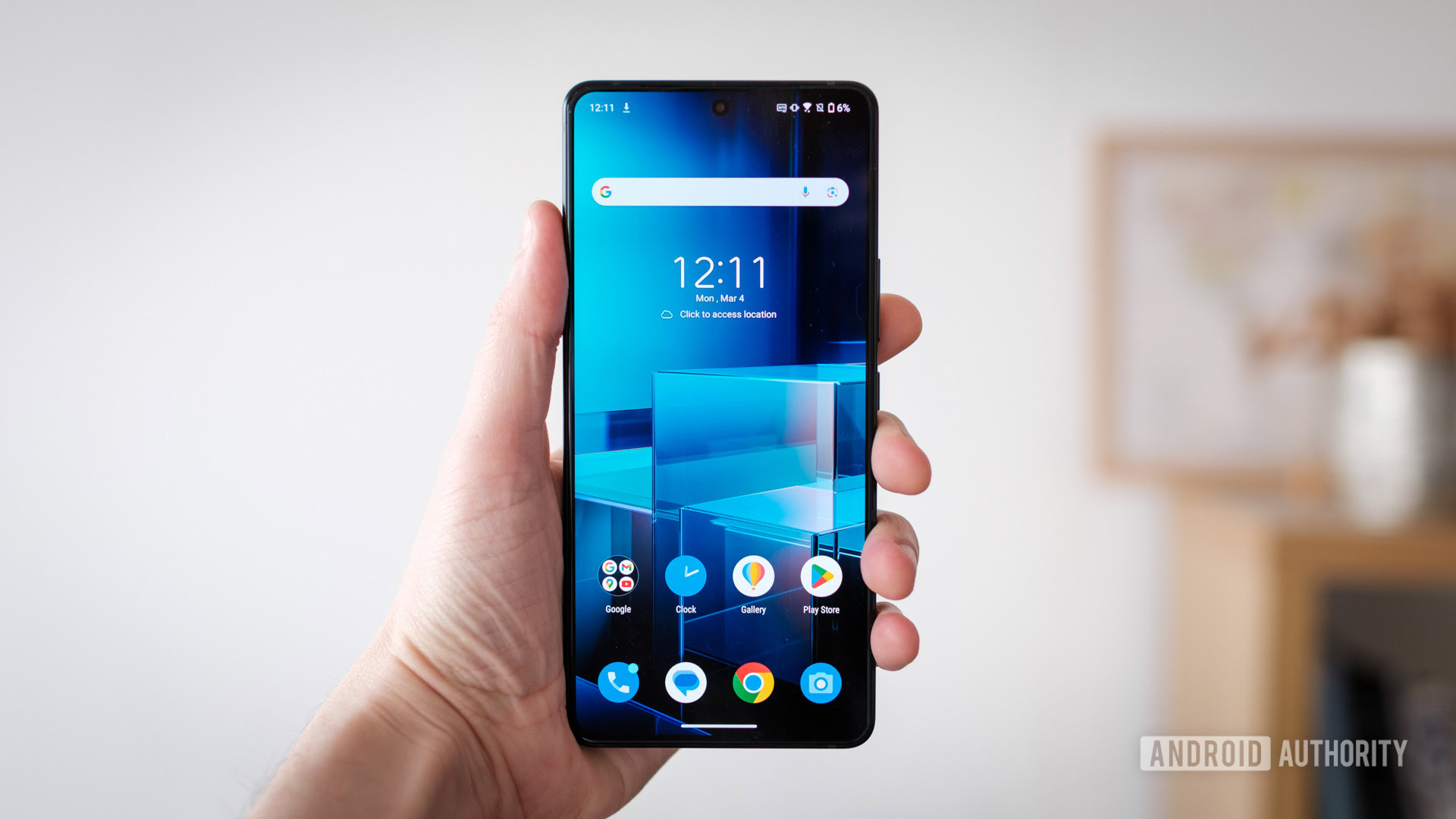
The ASUS Zenfone 11 Ultra marks the beginning of a new era for the Zenfone line. These devices were usually known for offering good value on smaller yet powerful phones. The ASUS Zenfone 11 Ultra is large, powerful, and comes with a price tag that is more similar to other high-end devices. Additionally, it is one of the best near-stock Android phones.
We had very few things to complain about in our ASUS Zenfone 11 Ultra review. Its cameras aren’t great, and the update promise only covers two OS upgrades. If you can look past these downsides, the device is very nicely built and designed. You get fast 65W charging speeds, excellent AI features, a gorgeous screen with a 144Hz refresh rate, and overall great specs. We also loved that the UI is so clean, offering a stock-like experience.
All these goodies will cost you, though. The device costs $900. This is still cheaper than other devices with such specs, but it’s no longer considered affordable.
By the way, the ASUS Zenfone 12 Ultra is also coming, so you might want to keep an eye on that one if you prefer getting the latest and greatest.


ZenFone 11 Ultra specs:
- Display: 6.78-inch, Full HD+
- SoC: Snapdragon 8 Gen 3
- RAM: 12/16GB
- Storage: 256/512GB
- Cameras: 50, 32, and 13MP
- Front camera: 32MP
- Battery: 5,500mAh
- Software: Android 14
Sony Xperia 1 VI
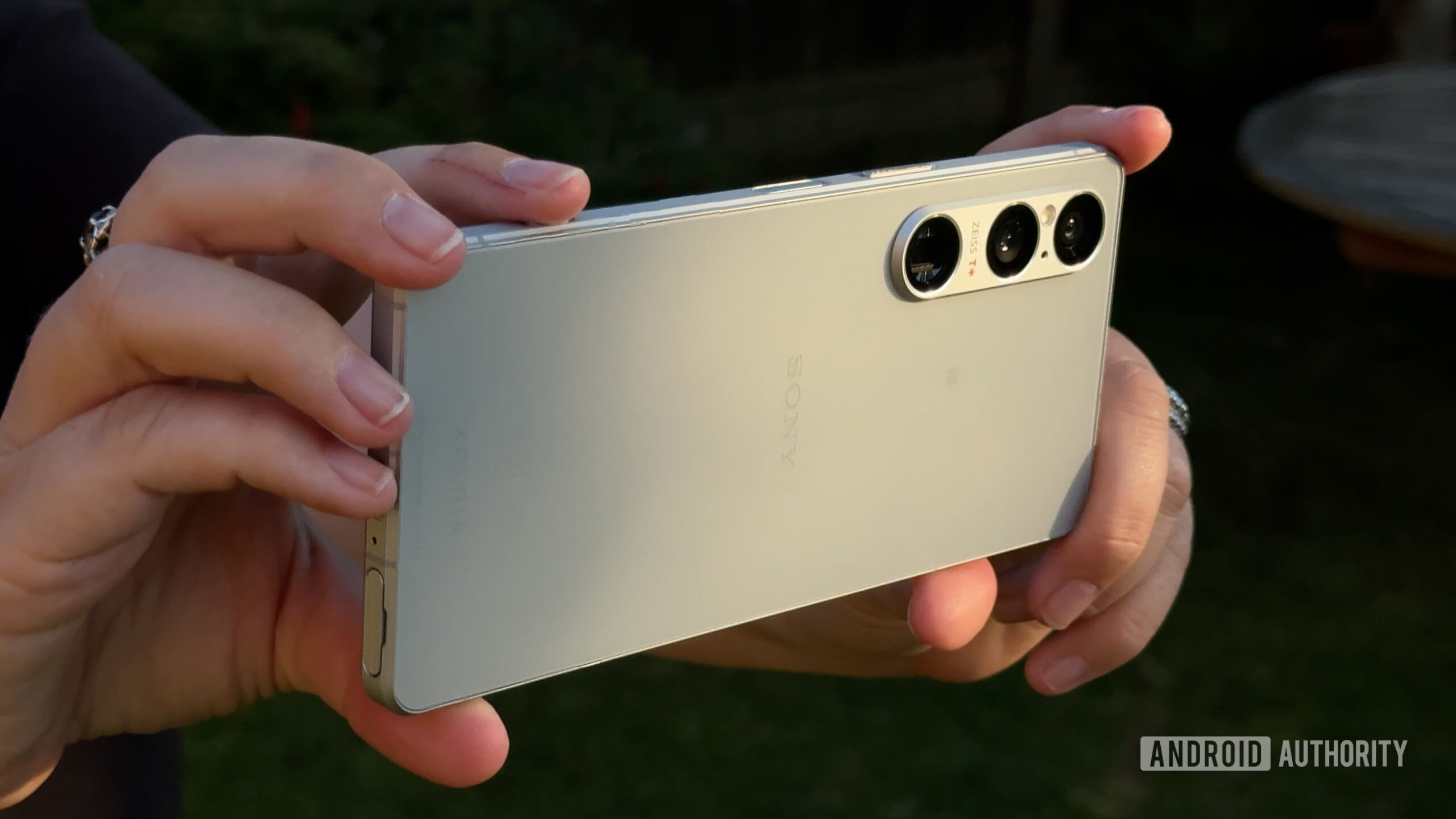
Sony’s UI is super clean and keeps things as simple as they get. This makes the Sony Xperia 1 VI one of the best phones with near-stock Android. Its most significant drawback is its price, as it carries a hefty €1,399 starting price tag. It’s also unavailable in the USA, which is quite a drawback. If you can buy it and money is no issue, though, this phone is quite stunning.
Of course, you can expect the best when you’re paying a price this high. It has powerful specs, such as a Qualcomm Snapdragon 8 Gen 3 and 12GB of RAM. The 6.5-inch LTPO OLED screen is gorgeous, featuring a Full HD+ resolution and a 120Hz refresh rate. One main complaint is that Sony dropped the 4K resolution screen, but we believe that was a bit overkill for such a small screen, and this one still looks very sharp.
We’re big fans of its 5,000mAh battery. It isn’t exactly larger than usual, but the system does an excellent job of optimizing the resources. We managed to get about 10 and a half hours of screen-on time per full charge, which is up there with the best.
The camera system is also impressive, which is now typical of Sony flagships. Aside from great hardware and software optimization, the macro functionality is out of this world. You’ll also enjoy features Sony brings from its dedicated cameras, including enhancements like eye autofocus, great tracking, and enhanced shooting modes. And get this: You even get a physical shutter button!


Xperia 1 VI specs:
- Display: 6.5-inch, Full HD+
- SoC: Snapdragon 8 Gen 3
- RAM: 12GB
- Storage: 256/512GB
- Cameras: 48, 12, and 12MP
- Front camera: 12MP
- Battery: 5,000mAh
- Software: Android 14
Motorola Razr Plus 2024
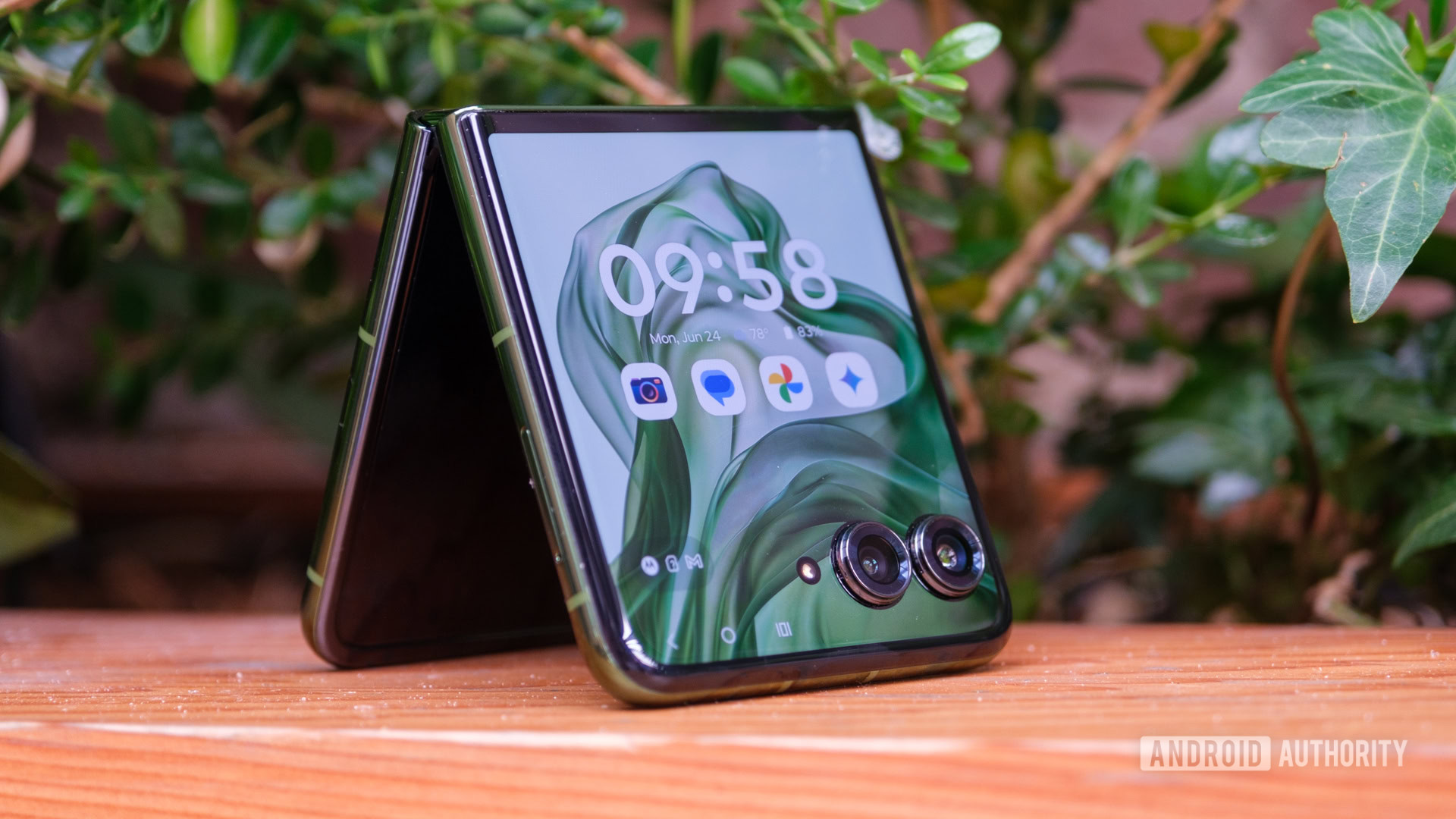
Motorola is known for not messing too much with software, and letting Android be. This philosophy is applied to all of its devices, including foldable phones. The best one right now is the Motorola Razr Plus 2024. While it obviously gets some adaptations and enhancements, given its foldable nature, the UI is still super clean. It’s definitely one of the best phones with stock Android.
Elsewhere, the Motorola Razr Plus 2024 is quite the treat. It has a very unique design, featuring a vegan leather exterior that looks very unique and feels super comfortable to the touch. The hinge has also been slimmed down and improved.
The 4.0-inch external display is more prominent, and very comfortable to use when you don’t feel like flipping the handset open. When you need more screen real estate, the main 6.9-inch screen is really nice. It has an LTPO AMOLED Full HD+ panel with a buttery smooth 165Hz refresh rate.
The phone is no slouch, either. Packed inside, you’ll find a Qualcomm Snapdragon 8s Gen 3 processor and 12GB of RAM. The only downside is that battery life isn’t great, but charging is pretty fast at 45W. It’s also more reasonably priced than other foldable flip phones, at $1,000.
If you prefer to save some money for a very similar experience, the base Motorola Razr 2024($699 at Amazon) is a great alternative.


Razr Plus 2024 specs:
- Display: External 4.0-inch 1,272 x 1,080, internal 6.9-inch Full HD+
- SoC: Snapdragon 8s Gen 3
- RAM: 12GB
- Storage: 256GB
- Cameras: 50 and 50MP
- Front camera: 32MP
- Battery: 4,000mAh
- Software: Android 14
Nothing Phone 2
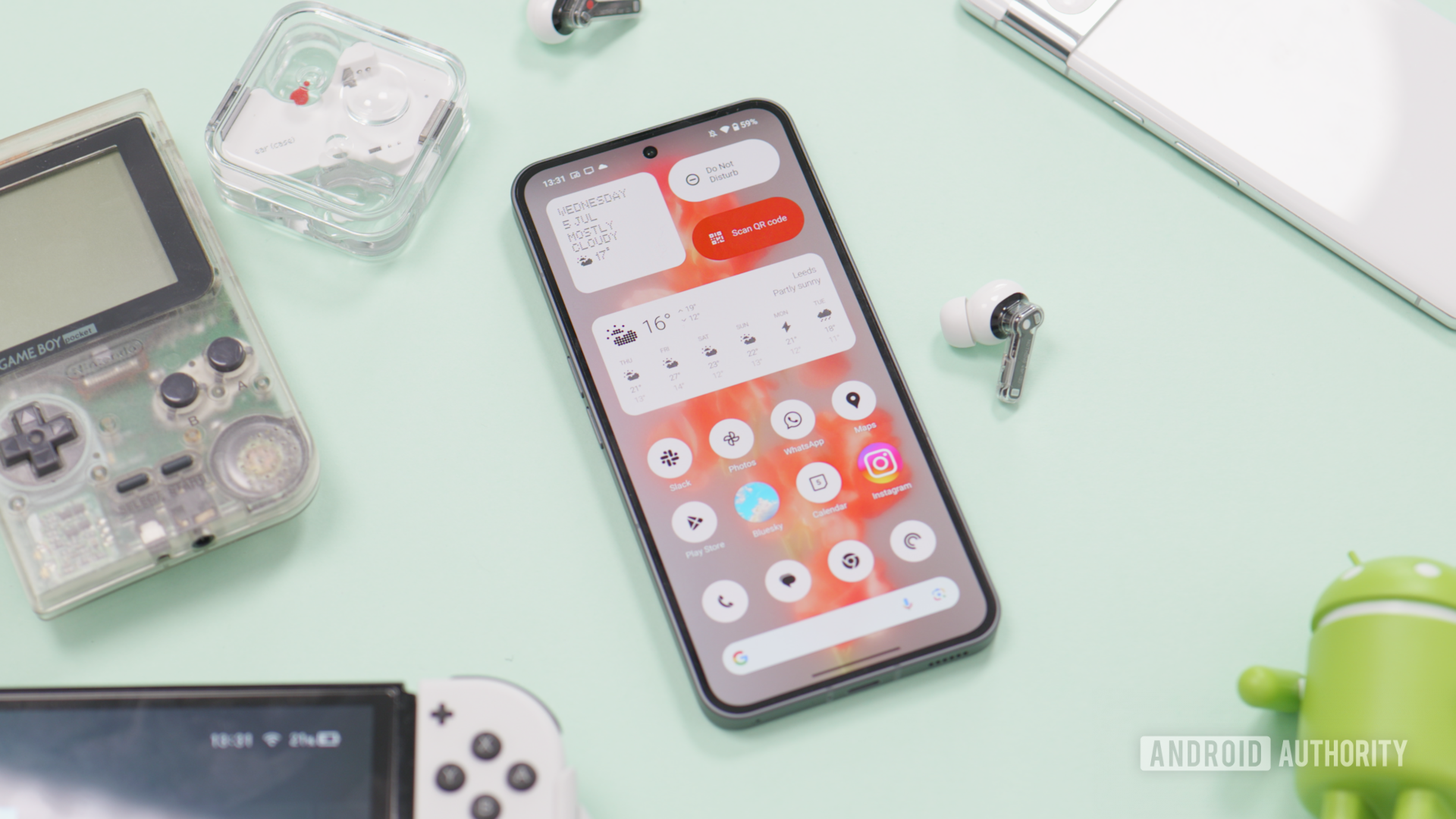
The Nothing Phone 2 is the second handset released by the company founded by Carl Pei — co-founder of OnePlus. As flashy as it looks, it is actually a very simple device, as its name implies. It is one of the best near-stock Android devices. Not to mention the price, which is very enticing at $600.
You actually get a pretty good phone for your money here. The design is gorgeous, for starters. It also has a very nice LTPO OLED panel with a 120Hz refresh rate. We also liked its primary camera. While it doesn’t have the latest and greatest processor, the Snapdragon 8 Plus Gen 1 is a stunning performer, too.
If you care for good battery life, this phone has it. We were able to make it last for a day and a half and were left with 10% leftover with casual usage. The 45W charging also helps it juice up in under an hour.
Now, if you want to save more money for a near-stock Android experience from Nothing, there is also the Nothing Phone 2a (£319.99 at Amazon).


Nothing Phone 2 specs:
- Display: 6.7-inch, FHD+
- SoC: Snapdragon 8 Plus Gen 1
- RAM: 8/12GB
- Storage: 128/256/512GB
- Cameras: 50 and 50MP
- Front camera: 32MP
- Battery: 4,700mAh
- Software: Android 13
FAQs
Stock Android, also known as vanilla Android, refers to an unaltered version of the Android mobile operating system. It should ideally have no modifications or additions by manufacturers or carriers.
Nearly all phones out there have some form of software modification. This is why we have decided to recommend near-stock Android devices instead. Even Pixel phones have slight modifications. Currently, only Android One devices have stock Android.
While manufacturer and carrier additions can help, sometimes they can go a bit overboard. A clean UI will guarantee a much less convoluted experience. Not to mention the fact that having too much stored in a phone can affect memory usage, as well as performance.
The only way to do this is through flashing a custom ROM, but that requires obtaining root access and tinkering heavily with a phone, which can void your warranty and harm your device. The safer alternative is to use a launcher.
You can’t really get stock Android on Samsung devices. The easiest way to emulate it is to use a launcher and keep the UI as clean as possible. If you are a bit more adventurous, you could root your phone and try a custom ROM that is closer to stock Android.
This is a bit of a different subject, but if you have a custom ROM and you are trying to get back to your phone’s stock Android software, it’s possible. We can’t give you step-by-step instructions, as the methods may differ depending on your device, software, etc. However, you can get an idea of the process in our guide for unrooting Android devices.